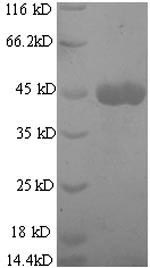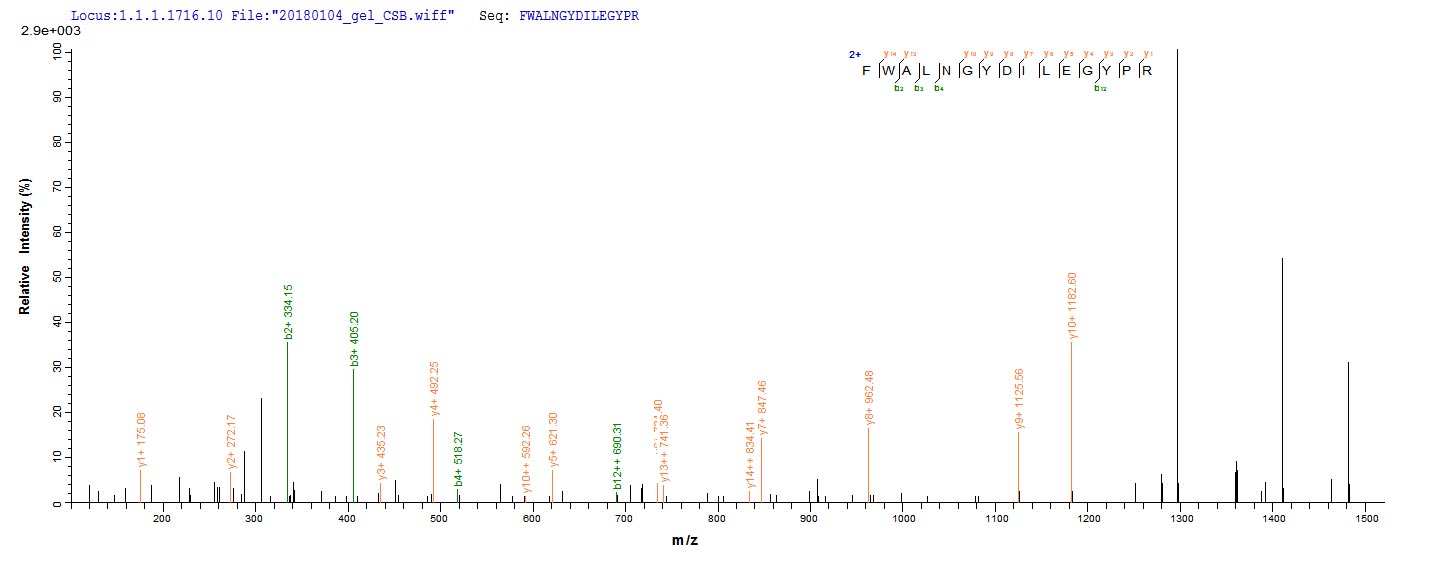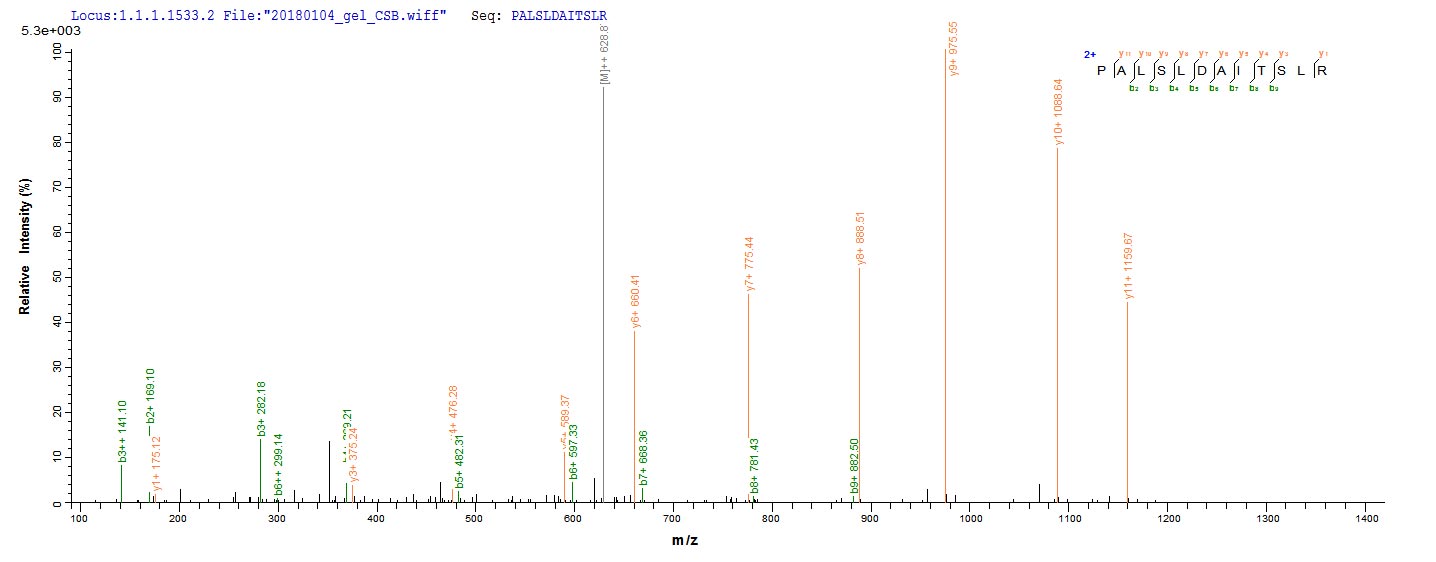The process of expressing this Mouse Mmp13 recombinant protein in E.coli expression system requires the following steps: use of competent E. coli cells to take up DNA sequence of interest, the exogenous plasmid is transferred into the cell, and the transcription and translation are directly replicated in the cell, selection of transformed E. coli using a selection marker, expansion of selected E. coli to a higher scale in appropriate culture media, such as classic LB options Growth Systems and lastly isolation and purification.And we finally get a Mmp13 protein with N-terminal 6xHis tag and it is determined by SDS-PAGE with a purity of 90%+.
MMP13 is a protein coding gene that encodes Collagenase 3 (Matrix metalloproteinase-13). According to some studies, MMP13 may have the following features.
MMP13 is a key target gene in the progression of osteoarthritis. MiR-9 was found to inhibit the secretion of type II collagen-targeted metalloproteinase MMP13 in isolated human chondrocytes. MMP13 may be a new tumor marker for the diagnosis of breast cancer. MMP13 is a stromal mediator that controls persistent angiogenesis in skin cancer. circRNA-CER participates in chondrocyte ECM degradation by regulating the expression of MMP13 as a competing endogenous RNA. MMP13 polymorphism reduces the risk of dental caries.








